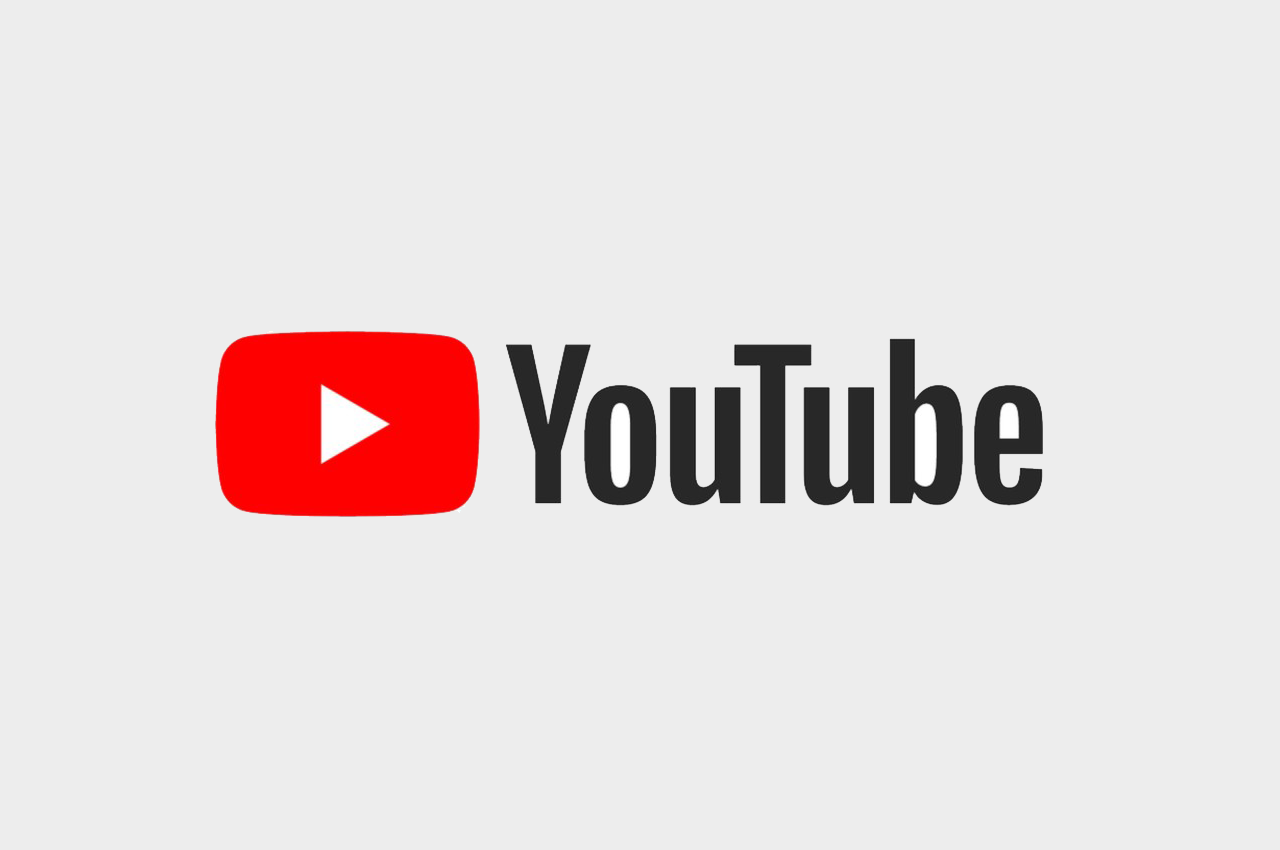“PewDiePie ruined YouTube” was one of this year’s viral online judgements. It was a flawed perspective, but nevertheless spread to every corner of social media. PewDiePie’s antics over the past 12 months (and a little beyond) are well-documented, and his various mistakes have certainly contributed to the video platform’s current problems, but he’s just one fish in a very large pond.
In the end it all comes down to a back-and-forth spat between YouTube and its advertisers. Naturally companies don’t want their products advertised before videos that are anti-Semitic, racist, violent or otherwise non-conducive to their message. And Mars, Adidas and Deutsche Bank all pulled out of the platform last month, not because of PewDiePie, but because their ads had been displayed next to content exploited by paedophiles.
But in an attempt to stop even more big brands from pulling their advertising, Google/Youtube have implemented a crackdown on inappropriate content that has been misguided, poorly implemented and trigger-happy. The crackdown also initially failed to hit the videos that exploit children, though measures have now been taken to put this right.
The results of YouTube’s algorithm were catastrophic. Hundreds of thousands of videos were de-monetised, leaving many channels unable to continue. Some creators had their entire library of videos stripped. In a blog post, YouTube CEO Susan Wojcicki said, “We need an approach that does a better job determining which channels and videos should be eligible for advertising”.
Crowdfunding platform Patreon provided a back-up plan, a safe haven on which those affected could gather necessary funds – though not without alienating most of its users through extortionate service charges.
The controversy around PewDiePie was warranted, and there’s no doubt that his mistakes on streams and YouTube videos have had a profound impact on the site. After all, he is still the biggest success story to come out of the platform. However, he’s just one of many. If the problem had been addressed by dealing with him specifically, I wouldn’t have to be be writing this now.
The algorithm YouTube used for its crackdown was designed to entice advertisers back, but all it did was weed out the overtly exploitative videos. Because there was no full investigative team to back the algorithm up, it lacked subtlety and nuance, and dragged too many innocent creators into its destructive net. Meanwhile it has remained all too simple to disguise videos in a way that circumvents YouTube’s safeguards.
Communication is also a problem. De-monetisation comes without warning or explanation, and YouTube has not yet laid out concrete guidelines for what is “acceptable” content. If the platform is to continue to thrive, it needs to be better at responding to the concerns of its community, and to be able to do so more quickly, and with more consistency.
YouTube is on fire. It’s not so far gone that it can’t be saved, but if things don’t change soon many of its talented creators will jump ship. Right now there isn’t a viable competitor, and recent changed at Patreon mean that they can’t provide the necessary safety net. But I have no doubt that YouTube will find some way to continue hosting content. But Google needs to step up and deal with advertisers and content in a more focussed, case-by-case manner.




